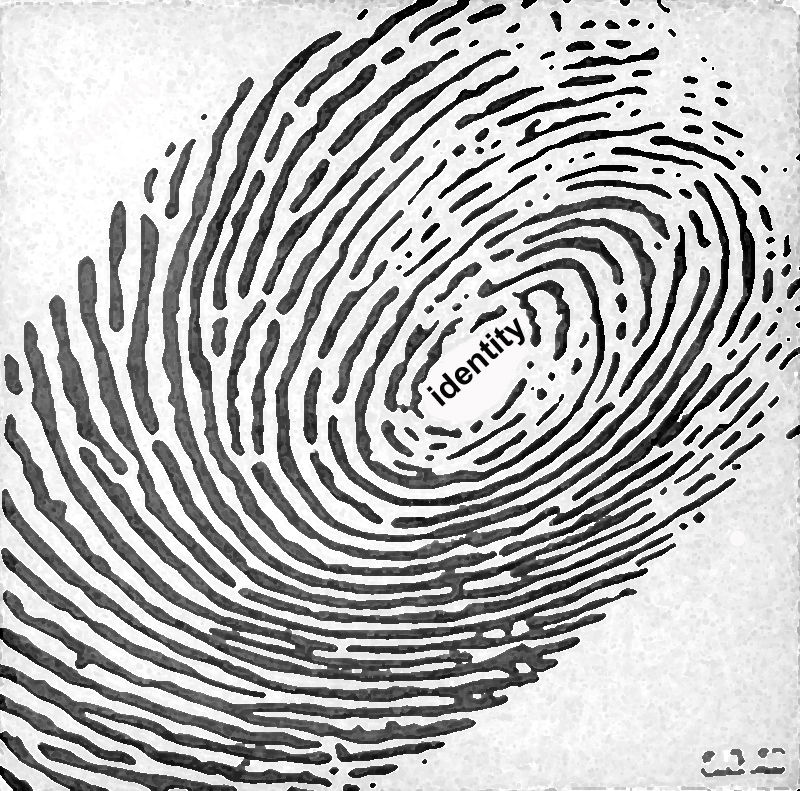This Note provides information and sample questions for A-level Sociology students based on culture & identity, families & households and wealth, poverty and welfare. For tips on how to keep your A-level study notes organised, see here: https://www.examtime.com/guide/a-level-revision-online/
|
|
Created by Andrea Leyden
about 11 years ago
|
|
|
|
Copied by ed.wilson89
about 11 years ago
|
|




 (2)
(2)
| 2 | ||
| 0 | ||
| 0 | ||
| 0 | ||
| 0 |
0 comments
There are no comments, be the first and leave one below:
People in sharing similar beliefs, values, norms, attitudes or products.
What are the characteristics of 'Folk Culture'?
- traditional
- created by ordinary people
- authentic
- active participation
- rooted in the experiences of ordinary people
- seen as dependent
- cannot contribute to society
- are non-sexual
- cannot express their own preferences

- language
- religion
- geographical origins
- traditions and cultural practices
- reaction to racism or discrimination
- history
- the education system
- norms and values taught by family
- class-related leisure pursuits
- the experience of work
- living in a particular community
- influence of peer group
A nuclear family is a non-extended family consisting of parents and children. An extended family includes grandparents, cousins, aunts, uncles and other relatives.
Suggest 2 reasons for the fall in the infant mortality rate:
- improvements in nutrition
- improvements in housing
- improvements in sanitation
- better knowledge of hygiene/child health issues
- control over access to resources
- control over children's time
- control over children's bodies
- control over children's space
- neglect or abuse
- laws restricting children's actions
- making education compulsory
This means having several marriage partners/long-term relationships over the course over the course of one's life, one at a time.
Suggest 2 reasons why there has been an increase in cohabitation:
- secularisation
- cohabitation is more socially acceptable
- reduced stigma attached to sex outside marriage
- growing economic independence of women
- improved access to contraception
Identify 3 ways in which childhood may not be a positive experience for some children:
- live in poverty
- experience divorce/break-up of the family
- be subject to abuse by adults
- be bullied
- suffer health problems
- have to work to support family
- have to carry out the role of carer
- Conventional Families (Marriage): This is a family is the traditional sense of the word. Family is associated or linked through birth and marriage and extends across household boundaries. Family ties bind people from differing ages and sex into a group who support each other. This interdependence between family members is seen as the moral basis of society.
- Deregulated Families (Individual Choice): Traditional families are seen as sources of social inequality and injustice. Personal choice and autonomy are regarded as fundamental to achieving a fair society.
- Most people gravitate towards conventional family life
- Many women want more domestic roles in the household
- People in traditional families experience higher levels of personal and marital satisfaction

Identify 2 problems if using an 'absolute definition of poverty':
- difficult to define necessities or minimum standard of living
- definitions of necessities are inevitably cultural
- ignores the fact that poverty changes over time
- using absolute measure would disguise the true extent of poverty
Suggest 3 reasons why members of the working class may be more likely than other social groups to experience poverty:
- earn less
- be unemployed
- have a lower pension
- have less savings/wealth to live on
- be less successful in education and therefore poorer access to the labour market
- be excluded from the labour market due to ill health or injury
A dependency culture is the set of value and beliefs centered on preferring to live on welfare benefits.
Suggest 2 functions of poverty:
- it keeps wages down
- it provides a mechanism of social control
- it provides work for social workers and others
- it provides a workforce for menial jobs
- it divides the working class
- it provides an incentive to work hard
Identify 3 criticisms made of welfare services provided by private and/or voluntary organisations:
- may lead to a two-tier system
- enables the rich to jump queues
- insurance does not always provide cover when needed
- may divert resources away from the public sector
- charities may employ less well qualified staff
- voluntary organisations may provide a sporadic service
-
Government Policy: The Thatcher administration set in place policies that were bound to
increase inequality. The top band of income tax was reduced from 60% to
40%. Tax policy shifted from being progressive to regressive, mainly
through indirect taxation such as increases in VAT.
At present in the UK, there is a situation in which there is a switch away from a policy of full employment accompanied by pressure on individuals to secure their own means of private provision of health care and pensions. In such a situation, inequalities in income and job security can play an even more important role in determining an individual's life chances than before. As the polarisation of the labour market continues we see the emergence of work rich and work poor households.
- The Market: It seems that a relatively free market economy encourages inequality.
- Restructuring: The UK economy has shifted from industrial to service sector employment. It increased unemployment, insecurity and inequality.
- The Decline of Trade Unions
Poverty is a contested concept - there is little agreement on how it should be either defined or measured. This is particularly true of attempts to define relative poverty. Thus, contemporary attempts to investigate poverty usually fall back on official subsistence definitions, as represented by the safety-net minimum social security benefit levels. The general term for such minimum income schemes is social assistance, and at the present time in Britain the scheme is called income support. These benefits can be seen as a sort of 'official' poverty line.
However, governments have been reluctant to accept the use of benefit ratesas indicators of poverty since to do so would be to acknowledge the need for far ranging and very costly remedial action. In addition, it should be noted that the more generous a government is in lowering the threshold for entitlement to benefit - allowing more people to claim, the greater the extent of poverty becomes if such entitlement is also used as an index of those people living in poverty, clearly here is an illustration of the extent of poverty beingan artefact of the definition.
Another problem raised by the politically contested nature of poverty is where to draw the line between poverty and inequality.
Poverty then is difficult to pin down and define in a way acceptable to everybody; it clearly has both political and moral dimensions.

